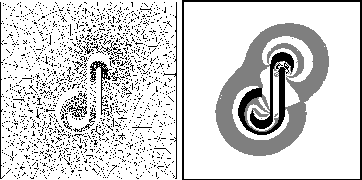
Figure 10.1: Mesh and Solution of Laplace Equation





In the next two chapters, we describe software tools developed to aid the user in the parallelization of some of the harder algorithms. Here we describe DIME, which is designed to generate both statically and adaptively irregular meshes. DIME was already used in the application of Section 7.2; however, it is more typically used for partial differential equations describing problems with nonuniform and varying density.
A large fraction of the problems that we wish to solve with a computer are continuum simulations of physical systems, where the interesting variable is not a finite collection of numbers but a function on a domain. For the purposes of the computation such a continuous spatial domain is given a structure, or mesh, to which field values may be attached and neighboring values compared to calculate derivatives of the field.
If the domain of interest has a simple shape, such as a cylinder or cuboid, there may be a natural choice of mesh whose structure is very regular like that of a crystal, but when we come to more complex geometries such as the space surrounding an aircraft or inside turbomachinery, there are no regular structures that can adequately represent the domain. The only way to mesh such complex domains is with an unstructured mesh, such as that shown in Figure 10.1. At the right is a plot of a solution to Laplace's equation on the domain.

Figure 10.1: Mesh and Solution of Laplace Equation
Notice that the mesh is especially fine at the sharp corners of the boundary where the solution changes rapidly: A desirable feature for a mesh is its ability to adapt, so that when the solution begins to emerge, the mesh may be made finer where necessary.
Naturally, we would like to run our time-consuming physical simulation with the most cost-effective general-purpose computer, which we believe to be the MIMD architecture. In view of the difficulty of programming an irregular structure such as one of these meshes, and the special difficulty of doing so with an MIMD machine, I decided to write not just a program for a specialized application, but a programming environment for unstructured triangular meshes.
The resulting software (DIME: Distributed Irregular Mesh Environment, [Williams:90b]) is responsible for the mesh structure, and a separate application code runs a particular type of simulation on the mesh. DIME keeps track of the mesh structure, allowing mesh creation, reading and writing meshes to disk, and graphics; also adaptive refinement and certain topological changes to the mesh. It hides the parallelism from the application code, and splits the mesh among the processors in an efficient way.
The application code is responsible for attaching data to the elements and nodes of the mesh, manipulating and computing with these data and the data from its mesh neighborhood. DIME is designed not only to be portable between different MIMD parallel machines, but it also runs on any Unix machine, treating this as a parallel machine with just one processor. This ability to run on a sequential machine is due to DIME's use of the Cubix server (Section 5.2).




